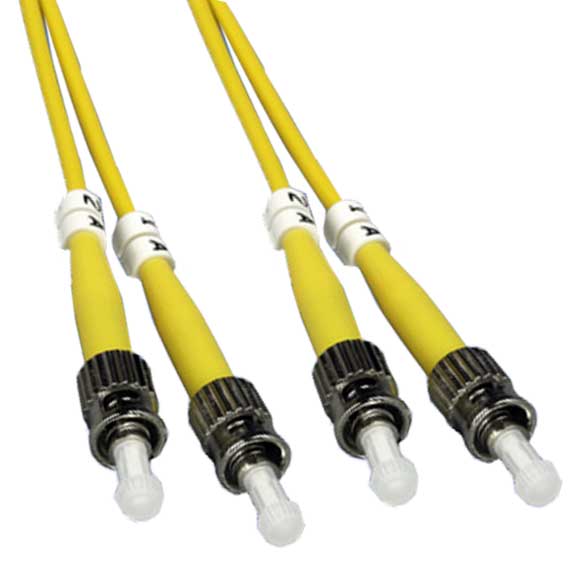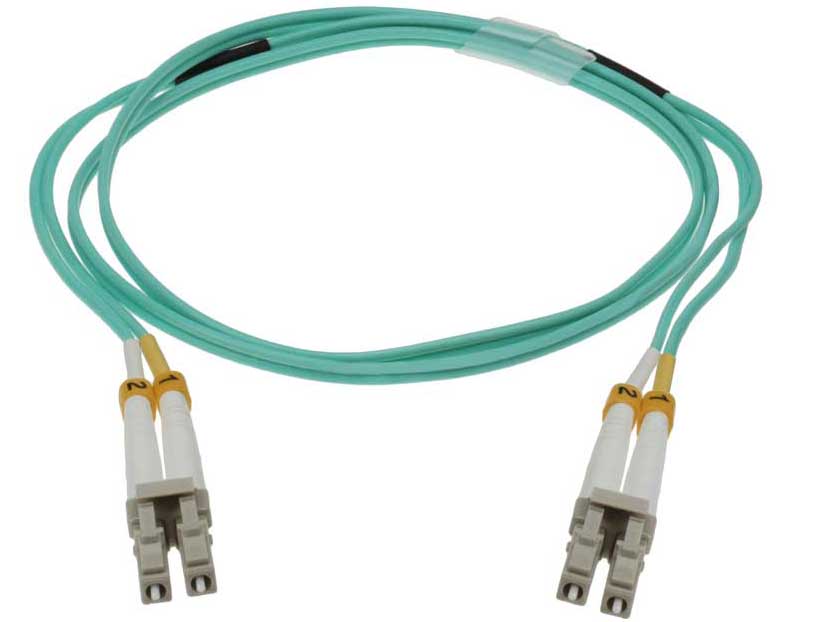With winter is around the corner and days getting shorter, it Fiber Optic Patch Cords is more likely than ever if you’ve a dilemma on the roadway – it may be at night or early morning. Whether you work for the utilities, have work trucks that sometimes require to stand on the pavement, or you just spend a decent amount of time in your automobile, there is one intelligent piece of device no vehicle must be without – LED road flares.Advanced LED flares are much superior to their older counterparts. In fact, the traditional road flares are downright injurious.
They burn at an unbelievably high temperature. They discharge hazardous fumes that are not just injurious for your health but also for the environment as well. Furthermore, you can’t attach the traditional flare to the side of your vehicle. Nor you can depart them burning in an enclosed region. And you can’t recharge them as well.Modern LED road flares comes with a long list of advantages encompassing being reusable, submersible, rechargeable, and apart from being composed of unbreakable plastic, they are superior for the atmosphere.
A full-kit of six flares in a chargeable carrying container is also accessible if you predict a considerable traffic obstruction. Both the kit & individual flares avail with wall charging adapters so they’re ready when you’re.Traffic security is all about permitting drivers understand what is occurring early enough so they will slow down and move forward carefully. LED flare batons have the same widespread visibility as the traditional flares, but they can be employed to direct traffic, and who among us has not wished to guide traffic with a large flashing baton?Like the LED flares, the batons have an influential magnet at the surface that’ll affix to nearly any non-stainless steel metal base. The magnets are strong enough to affix to the side of an automobile or truck and the extended battery will offer illumination throughout the night. A completely charged LED power flares can last ten hours and the bright light can be noticed from a half mile away.Hang on! There is more for you! LED flares are crush-proof & corrosion proof as well. They won’t corrode like the old D-batteries inside your flashlight. And even if they run over by the knucklehead rookie on your team, these flares just keep functioning. Buy them before you require them. You never know when their use arises.

 Log in with Facebook
Log in with Facebook 









